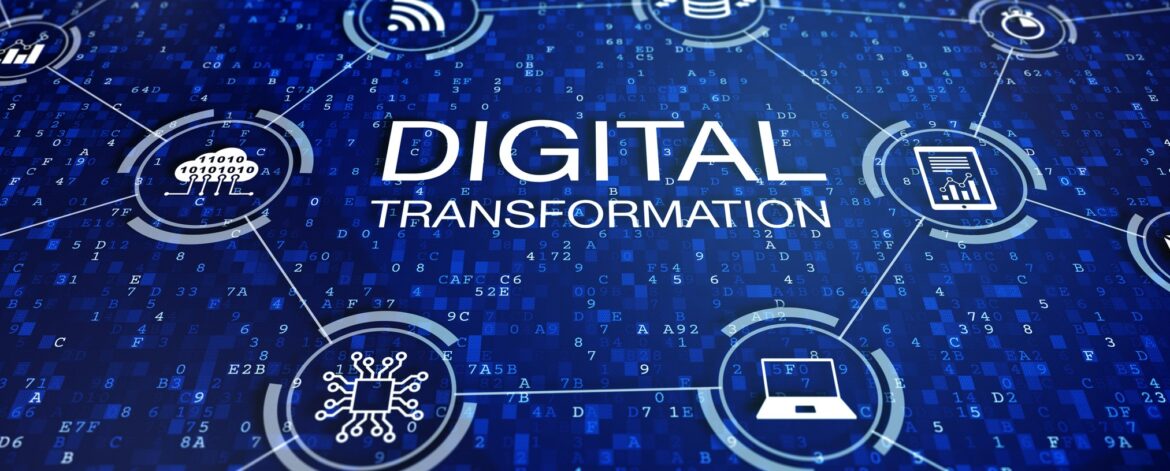“The Marriage of AI and Manufacturing: Enter the Era of Software Defined Manufacturing”
In the not-so-distant past, venture capitalist Marc Andreessen famously stated that “Software is eating the world.” Fast forward to today, and we’re witnessing an even more profound transformation: software, powered by artificial intelligence (AI), is not just consuming industries but becoming their very lifeblood.
While we’ve already seen glimpses of Software Defined Vehicles, a new paradigm is emerging on the horizon – Software Defined Manufacturing. At its core lies the intriguing concept of digital twins – virtual replicas of components and production systems that interact seamlessly with digital representations of products and technologies throughout the entire manufacturing process.
This marriage of software and manufacturing is not just about optimizing operations but fundamentally altering how we approach production. Here’s a deeper dive into this exciting technological frontier.
Digital Twins: The Heart of Software Defined Manufacturing
Imagine a world where every physical component, from a tiny bolt to a massive machine, has a virtual counterpart – a digital twin. These digital twins aren’t just static models; they’re dynamic, interconnected entities that mirror their physical counterparts in real-time. They have the ability to sense, communicate, and respond to changes, just like the physical components they represent.
In the context of manufacturing, this means that every step of the production process can be replicated digitally. From the smallest widget to the most complex assembly line, digital twins capture it all. What’s truly game-changing is that these digital twins are not isolated entities; they communicate with each other and with AI-driven systems.
AI and Automation in Manufacturing
Here’s where AI enters the stage. Picture this: an assembly line humming with activity, producing intricate machinery with precision. Everything is monitored by an AI system that’s constantly learning, adapting, and optimizing. When an issue arises – perhaps a slight deviation in a weld – the AI instantly detects it, diagnoses the problem, and prescribes a solution. All of this happens in the blink of an eye, without human intervention.
One compelling application of AI within this realm is weld process monitoring. AI and machine learning algorithms are employed to scrutinize resistance or laser weld manufacturing processes. These algorithms analyze a barrage of physical signals emitted during the welding process. To capture these signals, high-resolution sensors are deployed, as the duration of a weld can be as brief as milliseconds. This generates a wealth of data, necessitating a robust infrastructure for data export and analysis.
Software Defined Manufacturing in Action
One might wonder, “What’s the practical impact of Software Defined Manufacturing?” It’s not just about efficiency; it’s about resilience, adaptability, and innovation.
Companies can make continuous improvements to their manufacturing processes without disrupting ongoing production. AI-driven systems can predict maintenance needs, reducing downtime and extending the lifespan of machinery. Moreover, the ability to simulate and test changes in a digital environment minimizes the risk of costly errors.
The Broader Implications of AI in Manufacturing
When AI starts infiltrating traditionally “mundane” sectors of manufacturing, it’s a clear sign of the transformative power of this technology. It’s not just about optimizing production; it’s about reshaping the workforce and redefining how we approach manufacturing.
There’s even talk of AI potentially replacing human programmers in the not-so-distant future. While this sparks both excitement and concern, one thing is certain: AI and Software Defined Manufacturing are ushering in a new era of productivity, efficiency, and innovation.
As we journey deeper into the age of Software Defined Manufacturing, one thing remains clear – the world is changing, and AI is the driving force behind it all. It’s time for businesses to embrace this transformation, understand the importance of security, and prepare for a future where the boundaries between the physical and digital worlds continue to blur.




